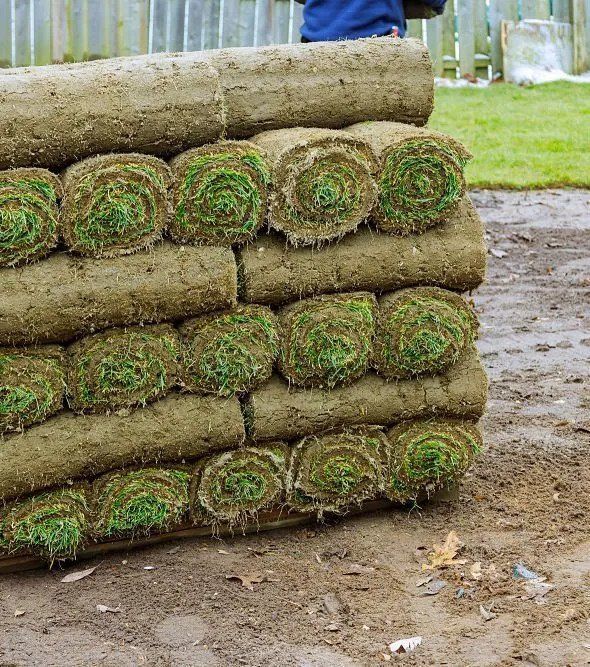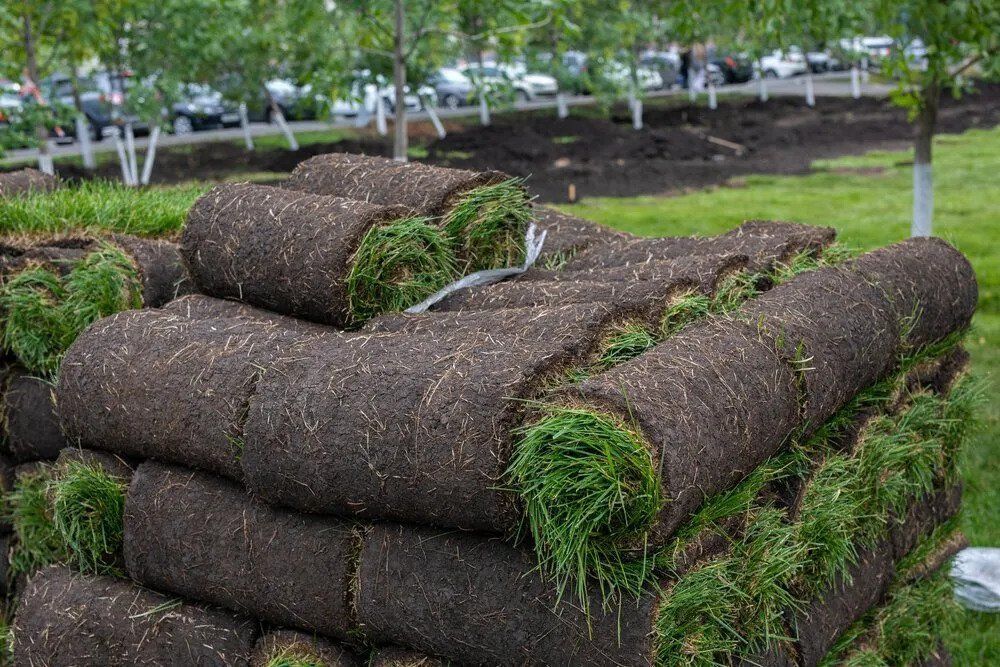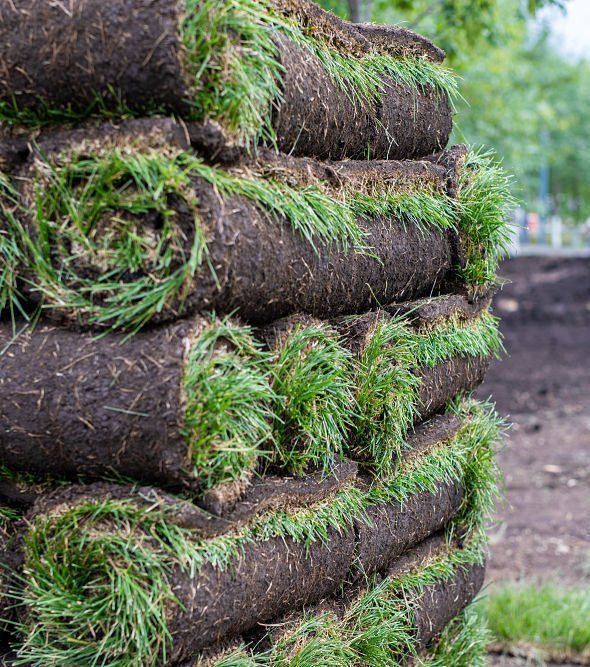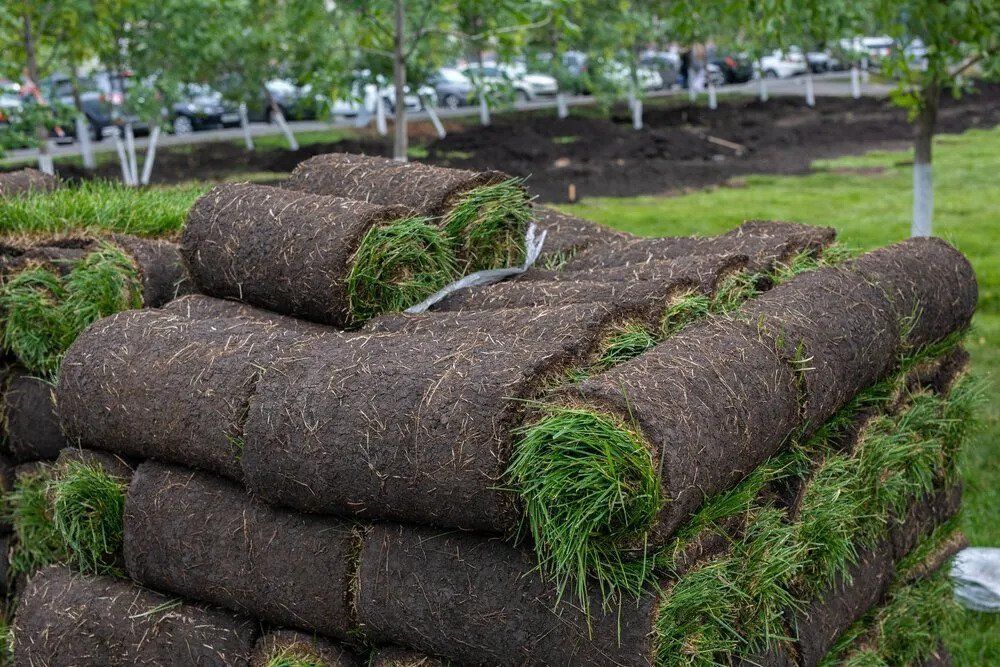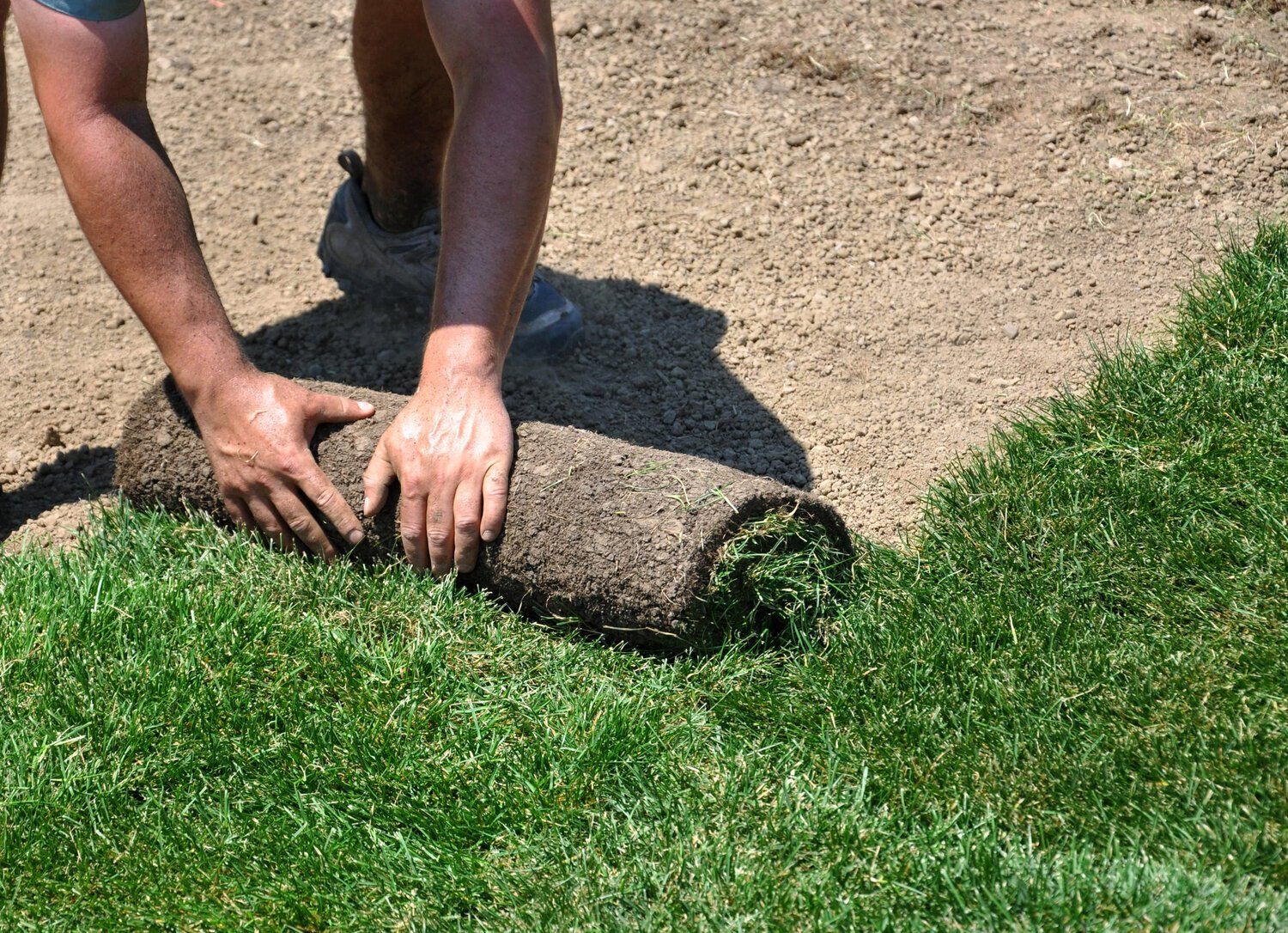Sod Grass Maintenance
How To Maintain Sod After Installation
Sod growers need to fertilize their crops, and most do so with an organic fertilizer that has three major macronutrients — nitrogen, phosphorus, and potassium — along with minor nutrients like calcium, magnesium, and sulfur, which are often included in the form of micronutrients (trace elements).
A typical commercial blend might be 5-5-2, meaning it contains 5 percent nitrogen, 5 percent phosphorus, and 2 percent potassium. It also might include micronutrients such as calcium and magnesium.
There's so much to know about proper sod installation which is why we always recommend talking with a professional.
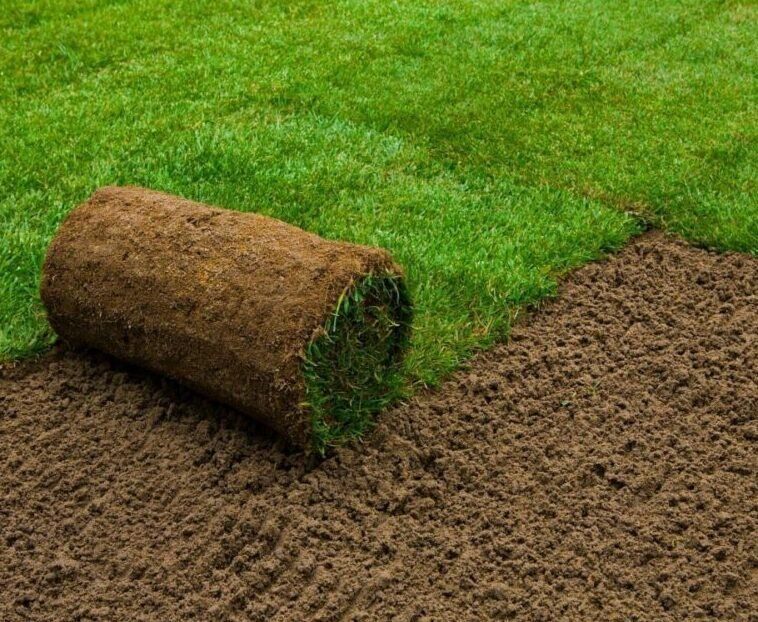
How Do We Get Nutrients in Grass Roots To Grow?
The basic elements that make up most living things are nitrogen (N), phosphorus (P), and potassium (K). Together they’re known as NPK. Plants require nutrients to grow and thrive. Plants need NPK in order to grow—each plays a critical role in plant growth.
Here's how each element works:
NITROGEN - helps plants produce chlorophyll, which is essential for photosynthesis. Photosynthesis is when plants use sunlight to convert carbon dioxide into glucose, which provides energy for growth.
PHOSPHORUS - promotes root development and helps with seed germination.
POTASSIUM - improves the overall health of plants by helping them fight off disease and pests like insects or weeds, while also supporting fruit production by increasing water uptake in fruits and vegetables.
Applying These Nutrients To Your Lawn:
Nitrogen
During warm months, grass typically takes in most of its nitrogen needs from rain and irrigation water. During fall and winter, when temperatures are cooler and soil moisture is not available as a source of nitrogen, applications of fertilizer are needed to help grass keep growing.
Some areas may need additional nitrogen applications in late spring to promote vigorous growth because rapid leaf development then provides additional energy for growing roots. Proper use of organic fertilizer reduces reliance on synthetic chemicals that can harm people, animals and waterways; it also improves topsoil structure while avoiding reliance on hard-to-obtain natural materials like blood meal.
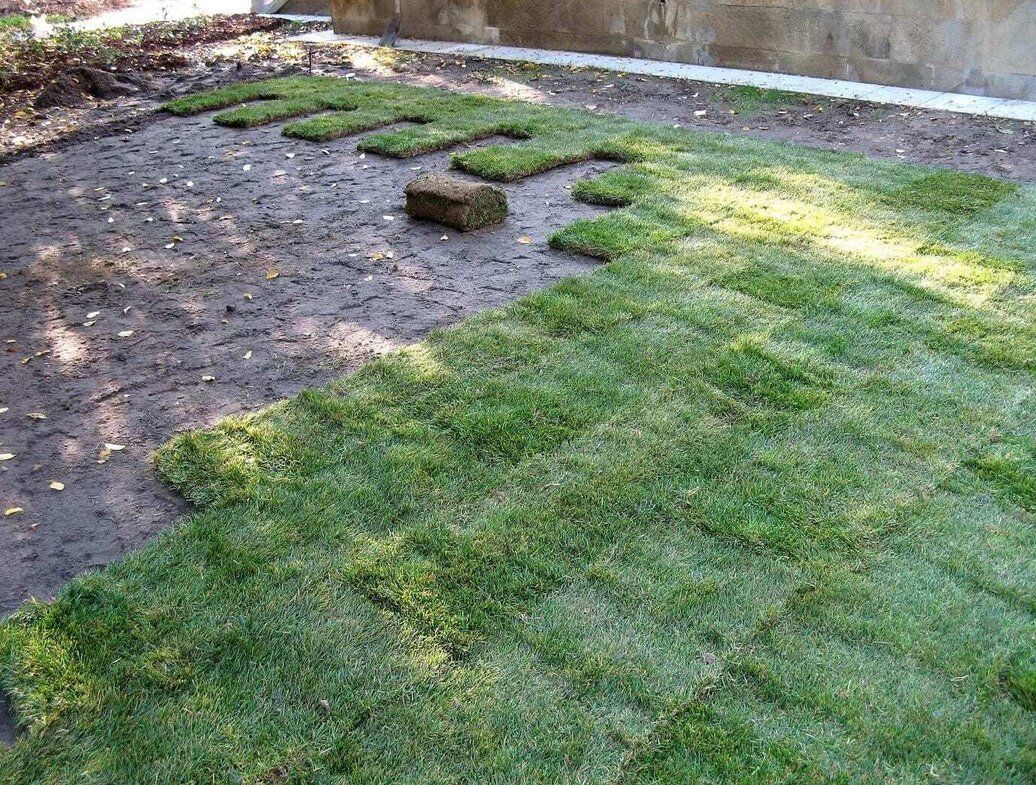
Phosphorus
This mineral is required by all plant life. Without phosphorus, it becomes difficult for plants to transport sugars through their vascular systems and they become weak and stunted.
It’s important to know that too much phosphorus can be just as bad as not enough. Plants that have been fertilized with too much of it will develop hardiness that makes them more susceptible to cold temperatures.
Organic sources of phosphorus are generally preferred over inorganic ones because they are more readily available and because they release their nutrients over time instead of all at once.
Potassium
Provides vigor, promotes growth, and adds disease resistance. It also helps to improve soil structure and therefore water infiltration. Potassium should be applied at a rate of 30 lbs per 1,000 sq ft annually.
The best source of potassium is wood ash; however, it isn’t advisable to put large amounts into your lawn as it will cause an over-fertilization which leads to excessive growth and weakened roots - something we don’t want!
Another great source is greensand (mostly potassium) which can be purchased at any nursery or hardware store.
How Does Sod Fertilizer Affect My Grass?
If you’re thinking about sod for your lawn, it’s likely because you like how it looks and want to get a head start on spring. But before you start planting, consider that your new grass will need fertilizer to thrive in its new home.
Here are some things to keep in mind when choosing a fertilizer for your new sod lawn:
Know What Type of Grass You’re Planting In Your Yard
Different types of grass need different types of fertilizer. For example, some grass needs higher amounts of nitrogen while some don’t require any at all.
If you aren’t sure what type of grass you want to plant or what type is already growing in your yard, give us a call before buying any sod or fertilizer. And don't forget to ask about our soil preparation process too.
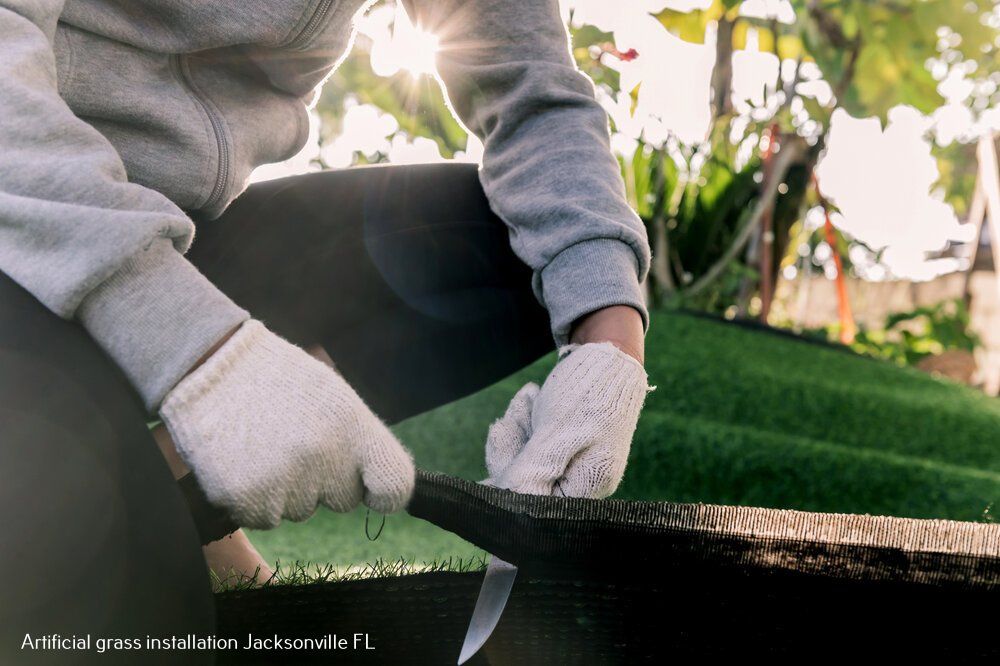
What Type Of Soil Exists?
Your soil type can make a big difference when it comes to how much fertilizer you should use. Sandy soils don’t hold nutrients well and need more fertilizing than clay soils do.
How Much Fertilizer Do I Need?
The amount of fertilizer you need depends on how much space you have and how long it will take for your new lawn to grow enough roots for good root growth. This is why it’s important to know what kind of grass you are planting and if there are weeds present that might be competing with your new lawn for nutrients.

